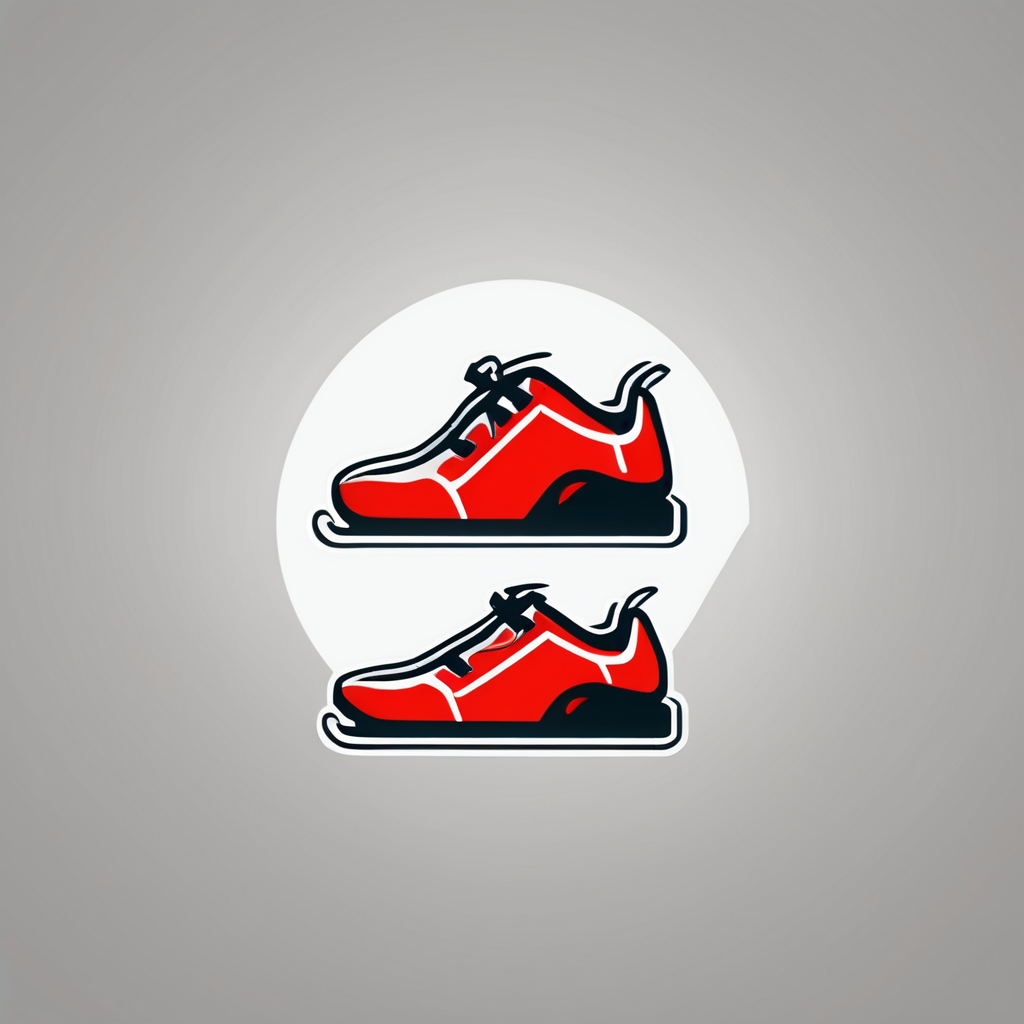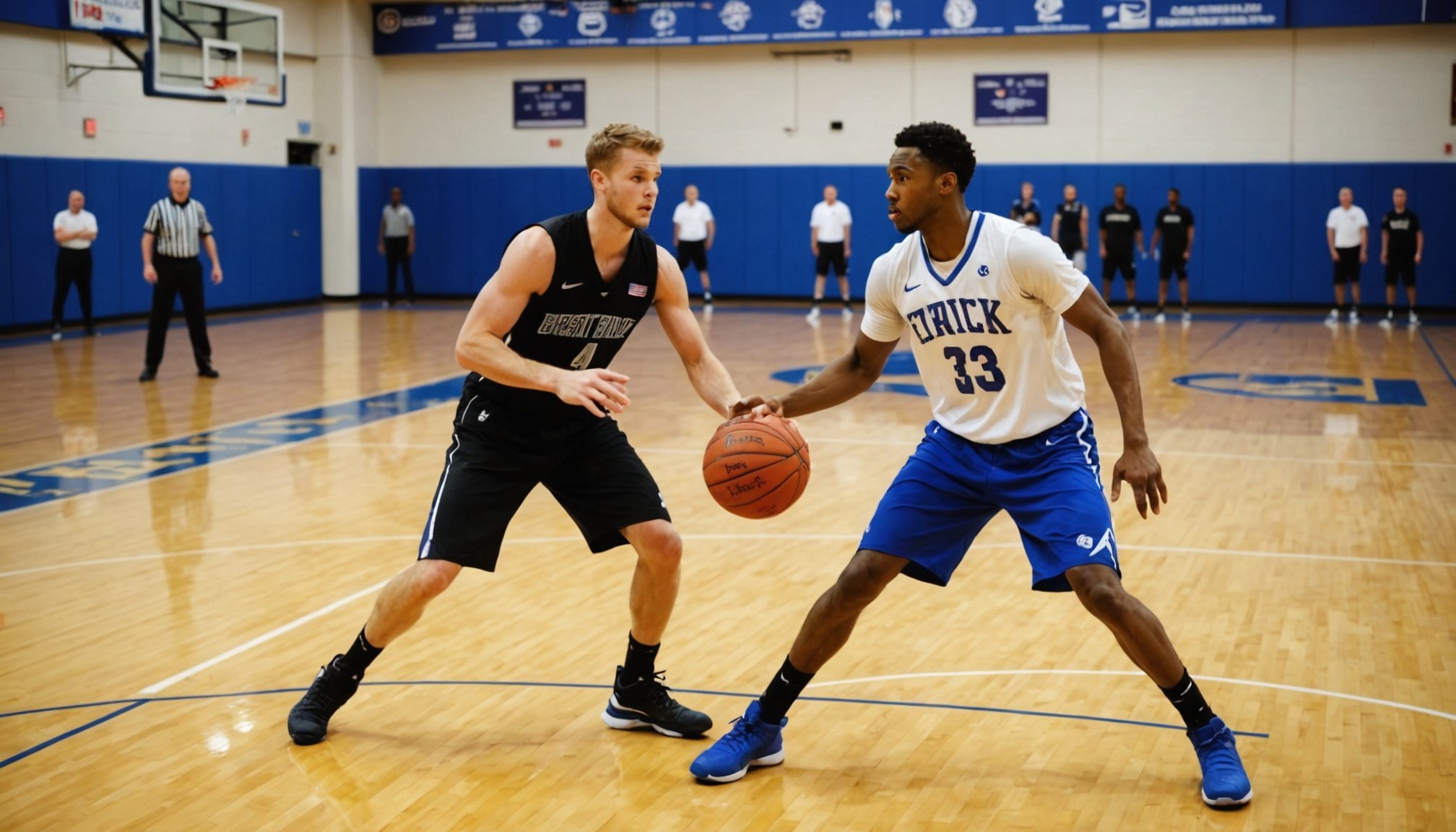Understanding the Importance of Ball-Handling in Basketball
Mastering ball-handling is vital for success on the court, especially in professional basketball. It significantly influences game performance by allowing players to maintain control and execute plays efficiently. Importantly, strong ball-handling minimizes turnovers, which are costly mistakes that can shift the momentum in high-stakes games.
Statistical analyses show a clear connection between refined ball-handling skills and reduced turnover rates. In professional games, teams with players excelling in this area often exhibit not only fewer turnovers but also increased opportunities for scoring. For aspiring athletes, especially those in the UK, refining their ball-handling is critical. As basketball continues to grow in popularity, UK players with superior control skills stand out more and enhance their prospects within the sport.
This might interest you : Top Post-Game Recovery Tips for UK Basketball Players After Grueling Double-Header Matches
Ball-handling prowess goes beyond merely controlling the ball; it encompasses decision-making under pressure, spatial awareness, and adaptability to rapid in-game changes. Effective player development programs prioritise these skills. The focus tends to be on developing dexterity and composure, which are critical in maintaining possession and organising plays on the court. As players cultivate these abilities, their overall effectiveness in matches markedly improves, providing a competitive edge for themselves and their teams.
Essential Drills for Mastering Ball-Handling
Developing strong ball-handling skills can significantly improve a player’s performance on the court. Incorporating specific basketball drills into training routines can result in elite training and skill enhancement.
Also to see : Top Footwork Drills to Boost Defensive Skills for Kentucky Basketball Players
Dribbling with Purpose
Mastering dribbling techniques is a cornerstone of ball-handling prowess. It’s essential to incorporate various dribbling drills, such as the crossover and spin move, into practice routines. Players should focus on balance, speed, and control while experimenting with advanced footwork. Consistent practice in these areas can lead to marked improvements in ball possession and execution under pressure.
The Cross-Over Drill
Executing the cross-over with precision involves quick direction changes while maintaining control of the ball. Players begin by bouncing the ball from one hand to the other at chest level, gradually increasing speed. Key focuses include maintaining eye contact to enhance court vision and minimizing unnecessary movements to improve agility. As proficiency grows, incorporating speed and agility drills can further enhance effectiveness during complex game scenarios.
Cone Drills for Control
Setting up cone drills involves placing cones at varying distances to practice tight control while manoeuvring between them. Players should focus on ball responsiveness and footwork fluidity. These drills benefit ball control by demanding concentration and repetitive practice, which mirrors real-game pressures. This ecosystem of training aids ball handlers in refining their skills to outperform in competitive play.
Advanced Dribbling Techniques to Reduce Turnovers
Developing advanced techniques in dribbling is crucial for players aiming to reduce turnovers during competitive games. Enhanced situational awareness and quick decision-making skills are vital in executing these moves effectively under pressure. Players must learn to read defenders swiftly and make split-second choices that favor their team.
Utilizing advanced dribbling in crowded scenarios can deter opponents from capitalizing on defensive lapses. Techniques such as behind-the-back dribbles and hesitation moves play a strategic role. These moves help players maintain possession while navigating tight spaces, offering flexibility in challenging spots.
Players can benefit from specific exercises designed to enhance quick thinking and adaptability on the court. Drills focusing on reaction time and body control should be incorporated into training sessions. For instance, practising with additional stimuli—like music or random instructions—can sharpen reflexes.
Regular practice and experimentation with these techniques provide a bulletproof approach to handling game pressure. The possibility of getting caught off guard decreases significantly as players grow confident, making them valuable assets to any team striving for precision and efficiency. Ultimately, it is about blending technique with intelligent gameplay, which turns ball-handlers into strategic playmakers.
Incorporating Feedback from Coaches and Players
Incorporating feedback from both coaches and players is a crucial element for enhancing ball-handling proficiency. It provides improvement strategies tailored to individual strengths and weaknesses. Constructive coaching tips often highlight areas that need refining, empowering players to focus on targeted skill development.
Expert Insights from Professional Coaches
Top UK basketball coaches emphasize the importance of traits like composure, quick reflexes, and strong mental focus for effective ball-handling. They often advise that players engage in consistent practice that challenges and stretches their capabilities. The mentorship provided by experienced coaches is vital for guiding players through complex techniques, offering proven strategies to navigate in-game pressures.
Learning from the Pros
Observing successful UK players with strong ball-handling skills serves as an inspiring learning model. These players exemplify effective techniques and training methods that can be replicated. For instance, many pros advocate for drills that simulate game-like conditions to improve adaptability. Resources like player breakdowns, showcasing their on-court prowess, and instructional videos can provide aspiring players with a clearer roadmap to skill mastery. This blended approach ensures players not only rely on experiential learning but also gain insights from achievements in the field.
Monitoring Your Progress and Performance
Tracking performance and evaluating progress are key to mastering ball-handling. Regular self-assessment helps in identifying strengths and areas needing improvement. A comprehensive approach involves both quantitative and qualitative measures to skill assessment.
Techniques for Self-Assessing Ball-Handling Skills
Begin by recording your drills and game performance using a camera, if possible. Reviewing footage allows for detailed observation of technique and footwork. Focus on specific metrics such as dribbling speed, ball control, and decision-making under pressure. Pair video analysis with in-person evaluations from peers or coaches to gain diverse insights into your progress.
Suggested Metrics to Track Skill Improvement
Establish concrete metrics like successful dribbles completed in a minute or the time taken to navigate a cone drill course. Evaluate improvement metrics by comparing regular performance logs. Keeping track of turnover rates during scrimmage plays can also provide valuable data on progress in minimizing errors.
Importance of Consistent Practice and Evaluation
Consistency in practising and monitoring outcomes is crucial for skill advancement. Regular evaluation helps refine training strategies, ensuring you remain on the path to improvement. This iterative process strengthens your competitive edge, making every training session a step towards becoming a more effective player.
Recommended Resources for Continuous Learning
A variety of training resources can significantly influence your skill advancement in basketball, offering diverse methods for refining your abilities. By leveraging materials such as basketball tutorials, you can expand your understanding and enhance your performance on the court.
Video Tutorials and Instructional Content
Online platforms provide a wealth of basketball training videos that can guide your improvement journey. Resources like YouTube offer numerous channels dedicated to skill development, featuring exercises on ball-handling, shooting, and defensive tactics. When selecting video tutorials, focus on those that provide clear, step-by-step instructions and practical demonstrations. Recommendations might include videos that emphasize dribbling drills or defensive strategies to solidify your foundational skills.
Books and Articles on Ball-Handling Techniques
Reading materials authored by basketball experts can deepen your theoretical understanding of the sport. Books and articles often detail advanced ball-handling techniques, complete with illustrations and strategies used by professional players. Engaging with such content allows you to integrate theoretical knowledge with your practical training sessions, harnessing both mental and physical aspects of the game to achieve comprehensive skill development. This dual approach—pairing theory with practice—amplifies your learning experience, making it robust and effective.






